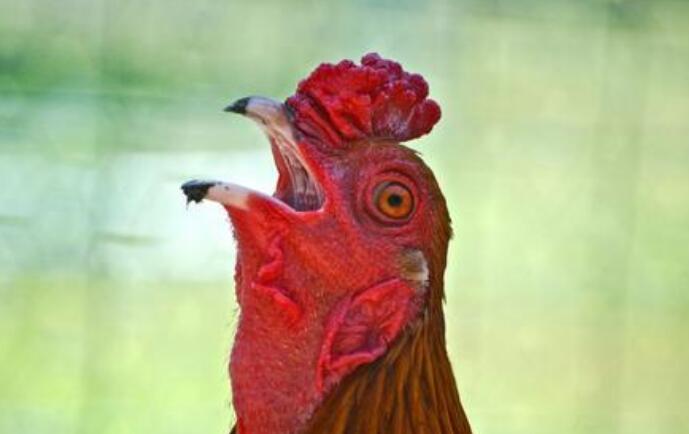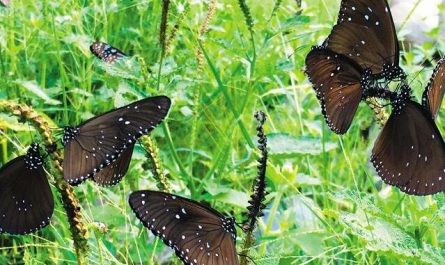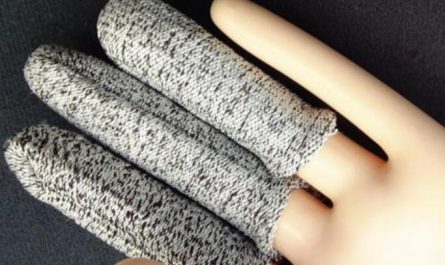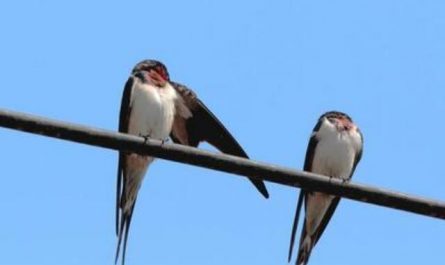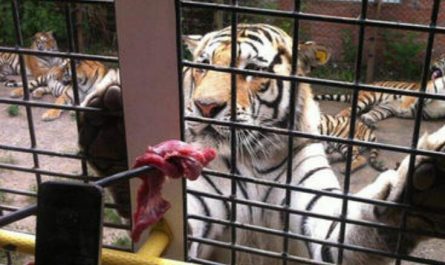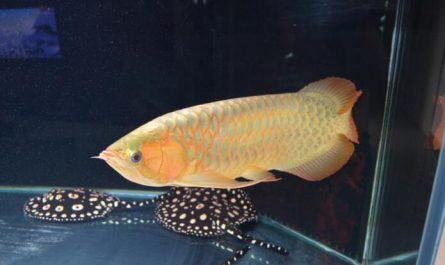The reason why the rooster keeps crowing
As for rooster crowing, experts tell us that it is a “sovereign declaration”. On the one hand, it reminds family members of its supremacy, and on the other hand, it warns the neighboring rooster not to beat its family members.
This is also an instinctive response of roosters to light stimulation. Put one group of roosters in a room with daylight and another group of roosters in a dark room, and then adjust the light of the room separately. Whenever the light and shadow of dawn are adjusted, the roosters will scream. This shows that the cock is related to the intensity of the light.
The eye’s perception of light is reflected in the call, which can be said to be another kind of conditioned reflex. However, scientists have also discovered through experiments that the photosensitive organs of chickens are not actually eyes, but a hormone called the pineal gland.
Even a chicken in a dark room will crow when it is time to crow every day. A scientist once did an experiment to completely remove the eyes of a chicken, so that it cannot be light-sensitive. The chicken still screams at dawn. Only when one of the endocrine glands in the chicken head, the pineal gland, is removed, the rooster can Stop crying on time.
Researchers took out the pineal glands from the chicken heads, cultured them, and irradiated these gland cells with natural light of different strengths. They found that the biochemical substances in the gland cells and the electric potentials inside and outside the cell membrane all periodically occurred with the intensity of day and night light. The change. The pineal gland secretes the least hormone when irradiated with the luminosity when the rooster announces the dawn, while the hormone secreted by the pineal gland is the least when irradiated with other luminosity, especially when the darkness is enlarged. This hormone is related to crying and is called anti-singing hormone.
Introduction to Rooster
The rooster is the head of the chicken and plays a role in leading the flock and planting seeds. Some roosters are fierce and will attack other animals or humans.
During mating, the cock rides on the back of the hen and uses the anus to fertilize the anus.
Although the eggs from the fertilized hens can hatch chicks, it does not mean that the eggs are the crystallization of the two, and the hens who have not conceived will also lay eggs.
The reproductive system of chickens is different from that of viviparous mammals. The testicles and epididymis of the rooster are in the abdominal cavity, the mating organs are degenerated reproductive protrusions, and the sperm head is a long cone. Sperm can survive in the sperm gland in the hen’s fallopian tube for up to 24 days and has the ability to be fertilized.
The hen can ovulate every 25 hours or so. Only the left ovary and fallopian tube develop. After the fertilized egg is discharged from the hen’s body, the development will be suspended if it does not reach the critical level of incubation (24℃).
The male’s reproductive system is composed of testicles, epididymis, vas deferens and coitus. The most important thing for artificial insemination personnel to understand is the structure of the coitus of the rooster.
Roosters do not have a penis like mammals, but have a copula consisting of four parts: nipple, gland, penis and lymphfold. The coitus is located on the ventral side of the cloaca and is usually hidden in the cloaca. During sexual excitement, the glands, penis, and lymphatic vessels in the lymphatic folds are connected to each other, the lymphatic folds are erected, and lymphatic fluid flows into the penis to make it swell, and a deepened longitudinal groove is formed at the midline, and the midline penis is located at the front of the midline. The (central white body) also protrudes straight ahead due to the inflow of lymph fluid, and the entire penis is pushed out from the ventral side of the anus and inserted into the anus of the hen.
